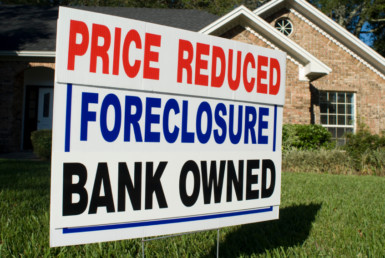I Jumped into the Cohab Rabbit Hole

I recently read an article in a popular Real Estate magazine regarding a Belgian based company called Cohabs. They specialize in creating cohabitation space where “like minded” people can cohabitate on a short- or long-term basis. The article focused on the fact that they raised $450 million to expand their operation into the United States.
I stumbled on this article at around 2AM one morning and then immediately dove into the Cohab rabbit hole based on an immediate fascination. Here I am this hot shot Real Estate Broker and the owner of multiple properties, and I never thought of this brilliant concept. I can see some issues doing this in New York City due to the various rent laws, but overall, with planning, execution and diligence, this concept can be very profitable. Here are some questions and answers I found regarding this arrangement:
What is co-living?
Co-living is a community living concept for like-minded people to live, work, and play together. Living spaces are well designed, fully furnished, with incidentals and utilities covered by one bill. Catering to various living styles and tastes, the main value of the co-living experience is access to the community.
Who is co-living for?
Co-living is for anyone who wants to enjoy the benefits of living in a community that understands you, encourages you, and where you can achieve more together than individually.
Is co-living safe?
Many co-living spaces have 24-hour security and cameras around the site. Based on my research the occupants are vetted thoroughly.
How much is the rent and what does it include?
The rent varies based on location and amenities. Most spaces require a minimum duration, and the longer you stay the more discounts are applied.
What items should I bring when I move in?
Co-living is very convenient for minimalists. Except for clothes and essentials, you don’t need to bring much. Utensils, bedding, sheets, plates, pots are all supplied.
Based on my research I found a few of these spaces in Williamsburg, and Bushwick in Brooklyn. I also found a few in Manhattan. This is an awesome concept for all parties involved. I can see why the new generation of youths with their itinerant lifestyle would be apt to utilize this arrangement. They can secure housing, make connections, and move on when they see fit. I can also see why property owners would like this concept. They can charge a premium for individuals without a long-term commitment. It creates employment for domestic workers to provide cleaning services, and for security guards to safeguard the properties. My only concern however is the rent laws in NYC. What protections are afforded to cohabitators as it pertains to lead paint and other industrial hazards that may present themselves? What if a cohabitator stays longer than 30 days and decides to stop paying rent. Would the property owner have to go through the same eviction process as a regular tenant? How would it affect the other cohabitators if one becomes problematic while being evicted? Other than those unknowns, I am all for it. It appears that this is a great way to build a community of like-minded people, while providing a safe environment. The fact that Cohabs was able to raise $450 million dollars to aid in their expansion should be a sign that investors believe in this concept and as time progresses this will become popular in the US.



